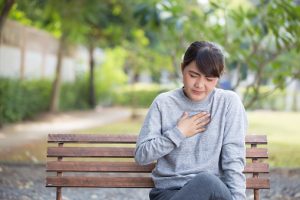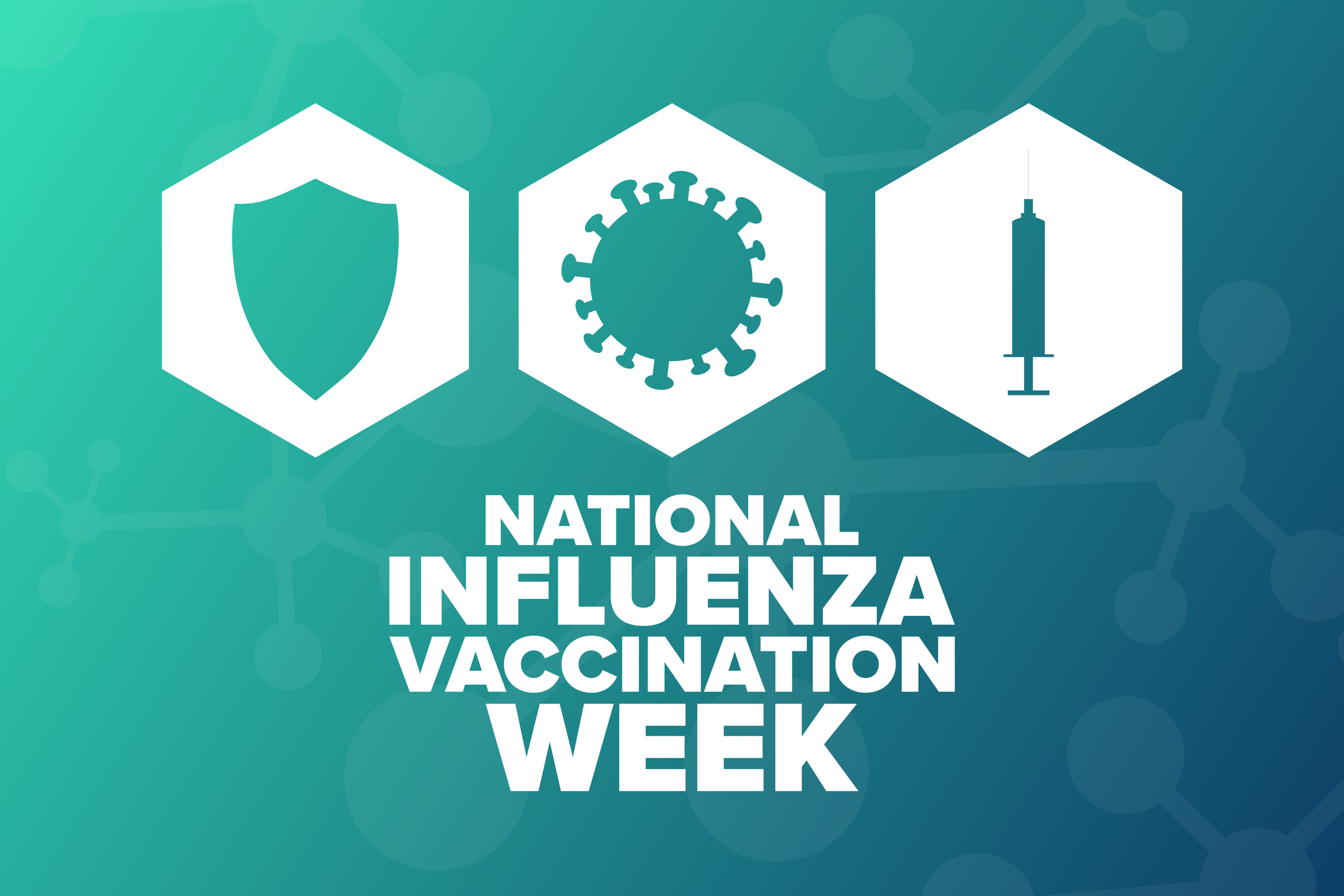
The Centers for Disease Control and Prevention (CDC) determines if a vaccine is appropriate based on the recommendations from the Advisory Committee on Immunizations and Practices (ACIP). The ACIP is a group of medical and public health experts that develop recommendations on how to use vaccines to control diseases in the United States.
Factors that the ACIP consider in their recommendations of vaccines include:
- Safety and effectiveness
- Severity of the disease
- The number of people who get the disease if there is no vaccine
- How effective is the vaccine for different age groups
The recent news about the availability of a COVID-19 vaccine has led to questions from many members of our community. Flushing Hospital Medical Center is sharing the following information from the Centers for Disease Control and Prevention (CDC) in an attempt to answer them.
Some commonly asked questions that people are asking:
Who will receive the vaccine first?
At the present time, the first people to receive the vaccine will be frontline healthcare workers and elderly patients who are in extended care facilities such as nursing homes.
Is the vaccine safe?
The vaccines that are being distributed have undergone rigorous testing and have met the safety standards set forth by the CDC and the Food and Drug Administration (FDA).
Are there any side effects of this vaccine?
The known side effects of the vaccines currently being distributed include soreness in the arm in which the vaccine was administered and some people have developed low grade fevers. Both of these only lasted less than 48 hours. There may be other side effects that we aren’t aware of yet.
Will the vaccine prevent me from getting COVID-19 ?
This vaccine, like all other vaccines, will lessen the chances of getting the virus but is not 100 percent guaranteed to be effective for everyone.
How long will the vaccine be effective for?
Until more time has passed and more people have been vaccinated, the CDC is not sure how long the vaccine will be effective for.
Do I need to wear a mask when I receive the vaccine?
Yes. Receiving the vaccine does not guarantee that you will not get the virus. Anytime you are outside of your immediate household and in contact with others, you should wear a mask that covers your nose and mouth.
Will I still have to follow safety protocols even though I have received the vaccine?
Yes. The vaccine is only one component of the safety measures that will still have to be followed.
How many times will I have to be vaccinated?
At the present time, it will be necessary to receive two doses of the vaccine and you will be given a date when you receive the first dose and when to come back for the second one.
If I already had the virus, should I still get the vaccine?
At the present time the CDC feels there isn’t enough information available to answer this question.
What should I do if I have a reaction to the vaccine?
You should contact your health care provider immediately as well as to the Vaccine Adverse Event Reporting System (VAERS).
The first doses were delivered around the United States on Monday December 14th. Once mass distribution begins the answers to the frequently asked questions will be answered more accurately. Here is the link to the CDC to provide you with more
information about the vaccine https://www.cdc.gov/coronavirus/2019-ncov/vaccines/faq.html
All content of this newsletter is intended for general information purposes only and is not intended or implied to be a substitute for professional medical advice, diagnosis or treatment. Please consult a medical professional before adopting any of the suggestions on this page. You must never disregard professional medical advice or delay seeking medical treatment based upon any content of this newsletter. PROMPTLY CONSULT YOUR PHYSICIAN OR CALL 911 IF YOU BELIEVE YOU HAVE A MEDICAL EMERGENCY.











